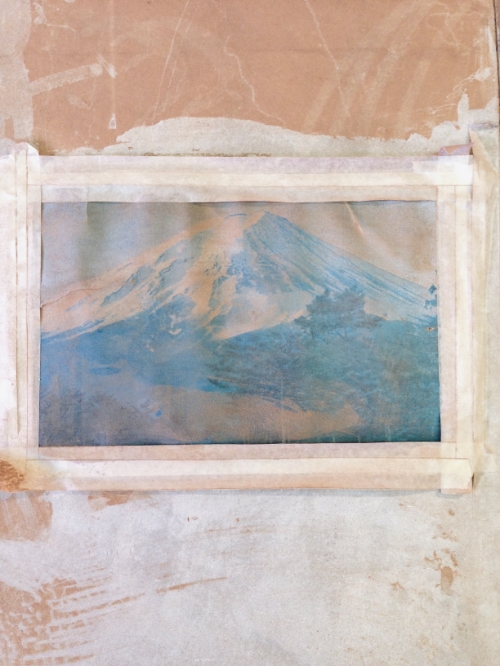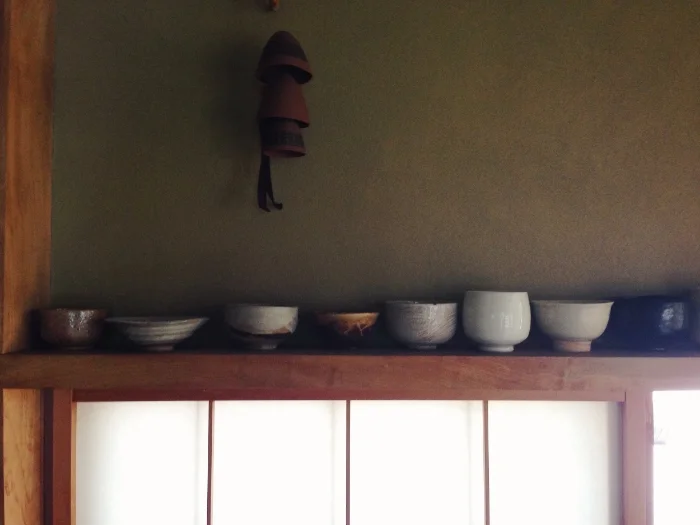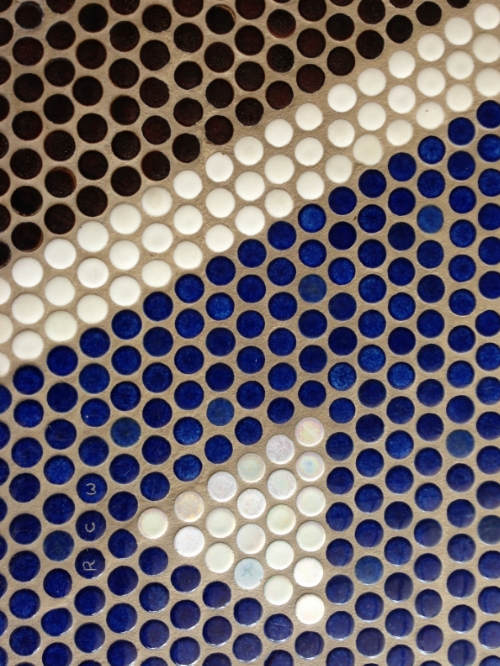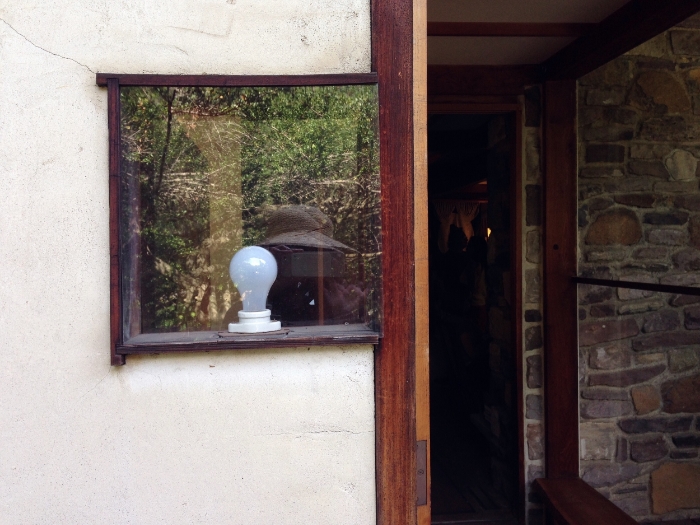by Maleeha Sambur
As a longtime fan of the late George Nakashima's work, I'd been dying to make the pilgrimage to his home and studio in New Hope, Pennsylvania. One Saturday this past summer, my husband and I were finally able to make the trip and got an intimate glimpse into the life and work of the master craftsman. Nestled in the woods some 70 miles from the thrum of New York City, the parcel of land Mr. Nakashima purchased in 1945 eventually came to house fourteen buildings of his design. It's also where he and his Japanese-American family rebuilt their lives after being forced to leave their home in Seattle for an Idaho internment camp, from which they were eventually released through the sponsorship of architect Antonin Raymond, who invited them to join him in New Hope.
The property is maintained by the Nakashima family, who, along with woodworkers Mr. Nakashima trained, are committed to preserving his techniques and continuing the tradition of craftsmanship. Our tour was led by his daughter and protégé, Mira, an accomplished woodworker in her own right. Mira's husband, Jonathan, and brother, Kevin, also accompanied us as we visited eight buildings, including the beautifully decorated Conoid Studio with its marvel of a reinforced concrete roof (somehow only 2 1/2 inches thick); the Arts Building with its angled, hyperbolic paraboloid roof; the barrel-vaulted Pool House; a Pole Barn where massive quantities of lumber are stored, much of it of a type that is no longer found; the Wood Shop and Chair Shop, where a couple of Nakashima-trained craftsmen were hard at work; and the dreamy Reception House, where I promptly fell in love with the penny-tile covered bathroom featuring a sunken tub, adorably inlaid with the names of the Nakashima children and grandchildren.
Walking in the woods amidst Nakashima's work, it's impossible not to be awestruck by the preternatural instinct, sensitivity, and judgment it must have required to craft such objects of beauty. His discerning eye and skillful hands drew out the unique personalities of each piece of wood, highlighting its best qualities -- its rich tones, the beauty in the natural textures of its outer bark, and the thousands of years of history contained within its concentric growth rings, the stories of countless droughts and floods swirling within their whorls -- allowing it to speak and to continue living through his designs. I highly recommend hearing about his process from the man himself, via this short interview excerpt:
Video courtesy of Jim Bunn, with assistance from John Nakashima.
If you plan to visit, here are some tips and things to note:
- Guided tours are only offered on select Saturdays from March through October, so reserve your spot in advance via email. The ticket price is a $25 minimum donation to the George Nakashima Peace Foundation (although the website states $35).
- Bring your camera -- the website says photography isn't permitted, but it was allowed during our visit.
- If you have a chance, take a few minutes to read through the beautifully written tree sections on the website.
- Strike up a conversation with Jon if you can. During our tour of the wood shop, his eyes welled up as he spoke softly, with an almost spiritual reverence, about the relationship between man and tree. He will answer your questions thoughtfully and eloquently.










